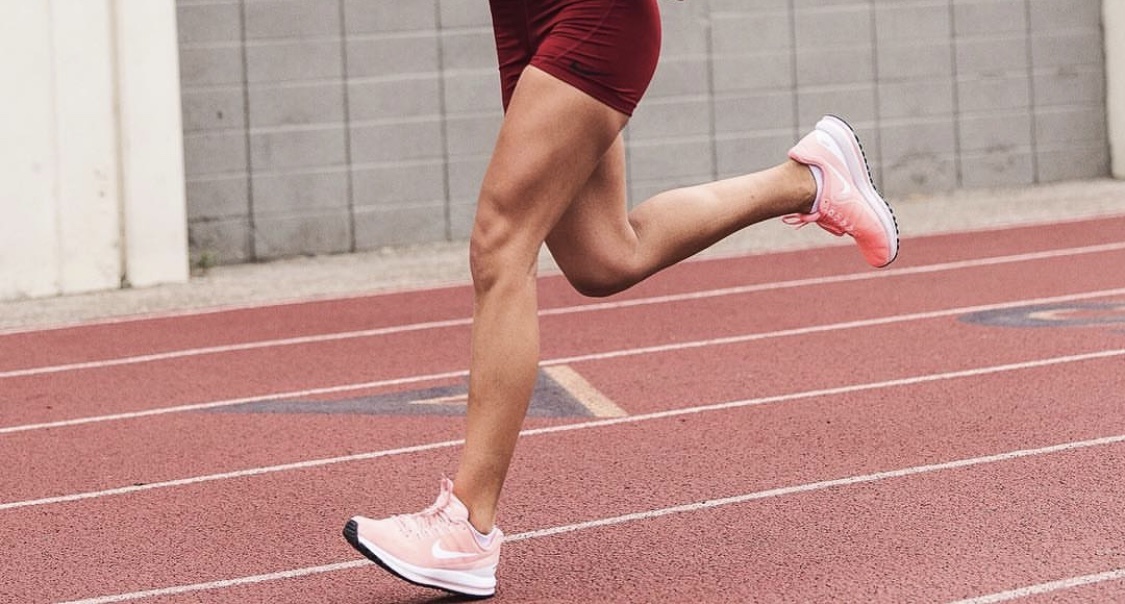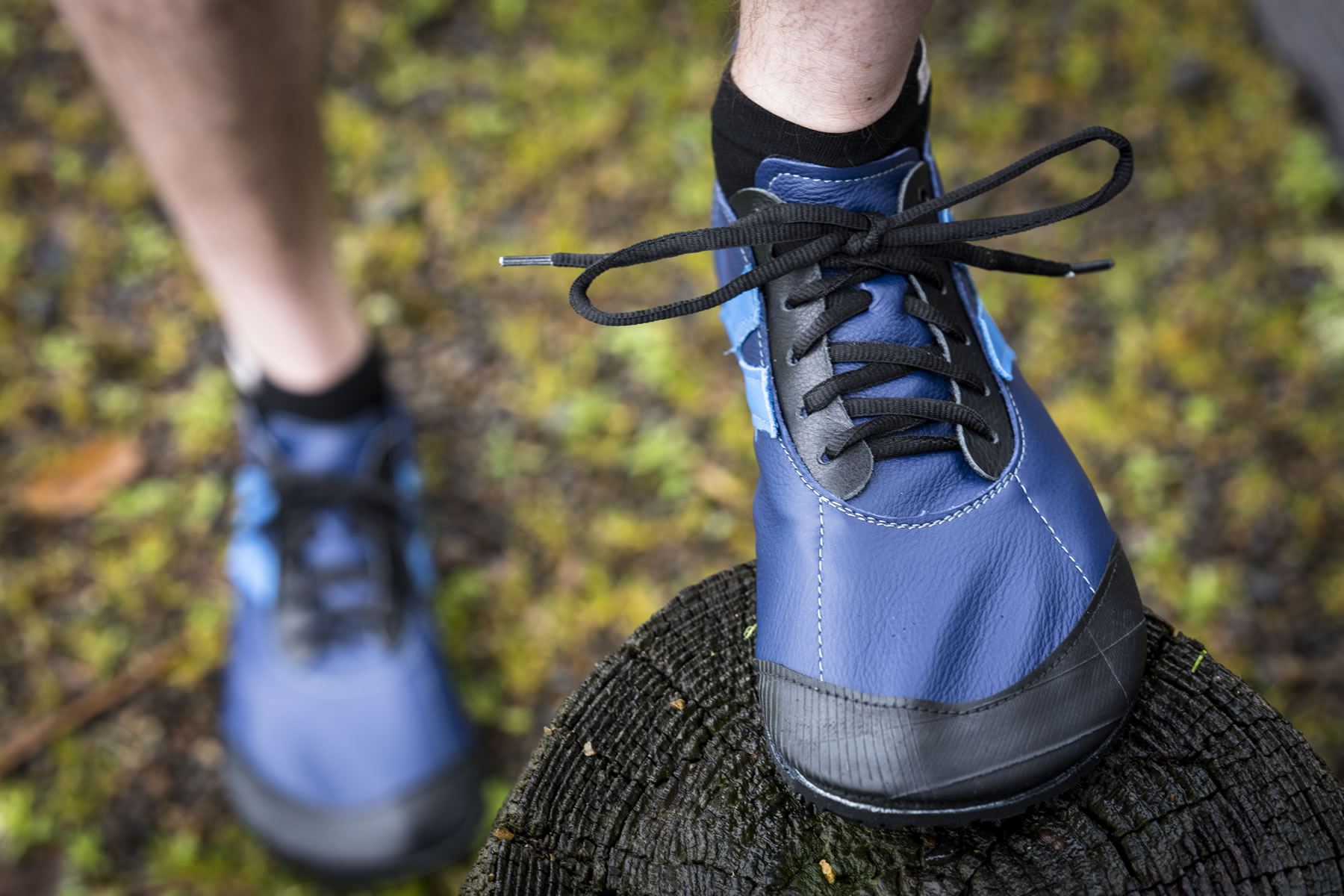Many heel strike runners have a common problem = injuries, and lots of them, especially severe injuries, like long bone injuries. This is because heel strike running produces more all-around forms of impact and the foot is often pushed into extreme positions as well, adding even more stress on the leg as compared with forefoot running.

But, is there a way for heel strike runners to run just as safe as forefoot runners? For instance, could strengthening key areas, like the core, have a positive influence on heel strike running mechanics in ways that minimize impact and improve foot posture stability? The answer is no, and here’s why.
A 2009 study in the Journal of Strength and Conditioning Research, investigated the effects of a 6-week core strengthening training program on ground reaction forces, lower leg stability and overall running performance in heel strike runners. The researchers had the heel runners perform core strengthening exercises, such as sit-ups, hip raises and Russian twists on a stability ball. These exercises targeted the abdominal muscles, hip flexors and extensors as well as the back extensors, all of which make up the core.
Post-training, the researchers found that core strengthening training did not help reduce the peak vertical and horizontal ground reaction force that are primarily responsible for most overuse injuries in heel strike runners.
Furthermore, the core strengthening training did not improve lower leg stability in the heel strike runners, suggesting that core strengthening does nothing to improve a heel strike runner to run safely with less impact.
All in all, the bottom line in the study is that injurious impact force variables did not reduce with core strengthening exercises in heel strike runners. Likewise, this study offers a fresh take on the dangers of heel strike running in that key strengthening exercises does not prime a heel strike runner toward safer, low impact mechanics.
Even more concerning is that to date, there are no evidence-based recommendations on how to heel strike safely when running. Of significance, for example, one study found that heel strike runners still produced the typical damaging forms of impacts when they increased their step-rate, which is a mechanical output strongly associated with reduced impact. This means that when heel strike runners engaged other mechanical outputs known to lower impact, they still produce impact that exceeds tolerable levels.
Worst still, running shoes do very little to keep heel strike runners safe from harmful impact whereby the more cushioning a running shoe has, the harder the heel plows into the ground!
The Take Home Message
Foot strike pattern matters in running, and don’t let anyone tell you otherwise!
Absolutely, strength training is an important component for the betterment of performance and injury prevention. Many injury-prone runners heavily rely on strength training to improve pain symptoms and condition the affected area, however based on these findings and other findings from similar research, it’s becoming more clear, and we can confidently say, that how you land on your foot when you run has major implications for injury.
To that end, it should be noted that several studies have connected forefoot running to doing the most in remedying injurious impacts mainly on the ground that landing forefoot-first when running is primarily responsible for eliminating or at least significantly reducing all the damaging impacts as well as the straining irregular lower leg movements caused by heel strike running.
In that regard, here is further study-backed information that reinforces the importance of landing with a forefoot strike when running and why heel strike running is not the proper way to run!
If you’ve enjoyed this post on heel strike running, you’ll love my YouTube channel, Run Forefoot, where you’ll learn more on how forefoot running is better on the body and for performance and how running barefoot can make you run much better in shoes!
References:
Bus, SA. Ground reaction forces and kinematics in distance running in older-aged men. Med Sci Sports Exerc 35: 1167–1175, 2003.
Gottschall, JS and Kram, R. Ground reaction forces during downhill and uphill running. J Biomech 38: 445–452, 2005.
Hreljac, A. Impact and overuse injuries in runners. Med Sci Sports Exerc 36: 845–849, 2004.
Novacheck, TF. The biomechanics of running. Gait Posture 7: 77–95, 1998.
Sato K and Mokha M. Does core strength training influence kinetics, lower-extremity stability, and 5000-m performance in runners? J Strength and Condition, 2009; 23(1): 133-140.
If you’d like, you can support Run Forefoot and help keep it going by making a donation in any amount of your choosing:

Or, you can also support Run Forefoot by shopping at the following top minimalist shoes brands, and be sure to bookmark the links:
Be Lenka: https://www.dpbolvw.net/click-7600968-14330828
FeelGrounds: https://www.feelgrounds.com/?p=RunForefoot
Xero Shoes: https://xeroshoes.com/go/Run_Forefoot
Iguaneye: https://www.iguaneye.com/?ref=8tfXVc92
Soft Star Shoes: https://shrsl.com/3mp1b
Wilding Shoes: https://bit.ly/3lIygQP
Earth Runners: https://earthrunners.com/?rfsn=6763579.f7f9c9
Vivobarefoot: https://shrsl.com/3kvih
Zappos: https://goo.gl/J1CeAd
Bretta Riches
BSc Neurobiology; MSc Biomechanics candidate, ultra minimalist runner & founder of RunForefoot. I was a heel striker, always injured. I was inspired by the great Tirunesh Dibaba to try forefoot running. Now, I'm injury free. This is why I launched Run Forefoot, to advocate the health & performance benefits of forefoot running and to raise awareness on the dangers of heel striking, because the world needs to know.
Latest posts by Bretta Riches (see all)
- Does Foot Strike Really Matter in Running? YES! - 17/04/2024
- Heel Lifts Increase Injury in Runners - 16/04/2024
- Are Minimalist Shoes Good for Seniors? YES! - 14/04/2024


